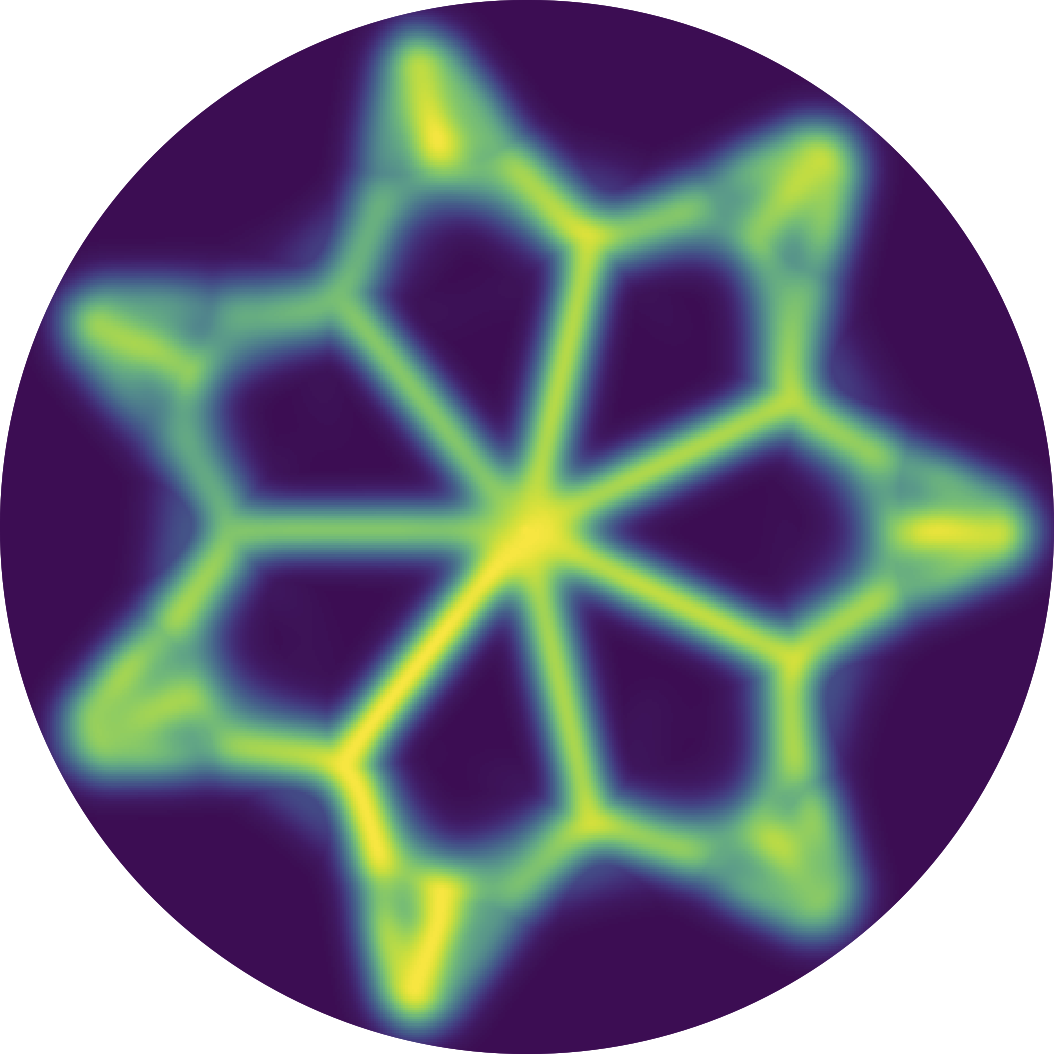MELA: A short film
MELA is a short documentary film about Project MELA (Mating Ecology of a Lek-breeding Antelope), an interdisciplinary research initiative supported by the Max Planck Institute of Animal Behavior and the Centre for the Advanced Study of Collective Behaviour at the University of Konstanz. Aimed at students and researchers, the film offers a behind-the-scenes look at how scientific knowledge is generated and shared—from formulating research questions to conducting fieldwork, combining state-of-the-art technology with traditional methods, engaging with local communities, and creating new avenues for communication by collaborating with artists.
The documentary explores key questions in behavioral ecology, focusing on lekking behavior and the spectacular mating displays of blackbucks at one of the largest known mammalian leks. Beyond scientific inquiry, it highlights often-overlooked aspects of field research, including community interaction, capacity building, and science communication. Created for educational purposes, this film invites viewers to engage with the scientific process while reflecting on the broader impact of ecological research.
This film is non-commercial. Footage of protected areas shown here may not be used without permission from the creators.
Project Lead: Vivek Hari Sridhar, Akanksha Rathore, Hemal Naik
Funding agencies: Max Planck Institute of Animal Behavior, Center of the Advanced Study of Collective Behavior (CASCB), University of Konstanz
Video credits and production credits: Angela Albi, MELA team, Elisabeth Böker for videography, Nadja Geiger for creative storytelling and post production
Special thanks: Forest Dept. of Gujarat, Forest Dept. of Rajasthan, Umesh Bagotia
